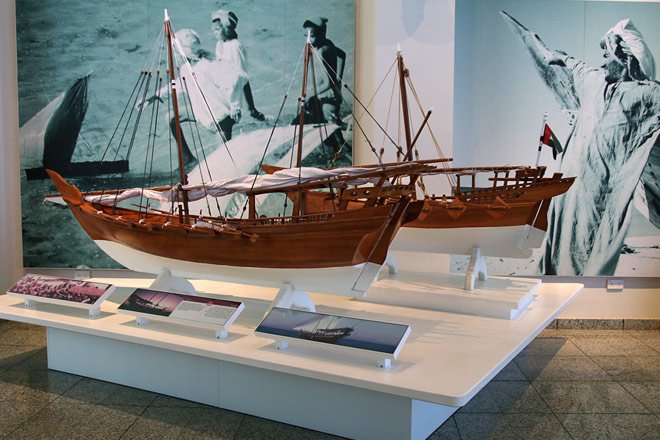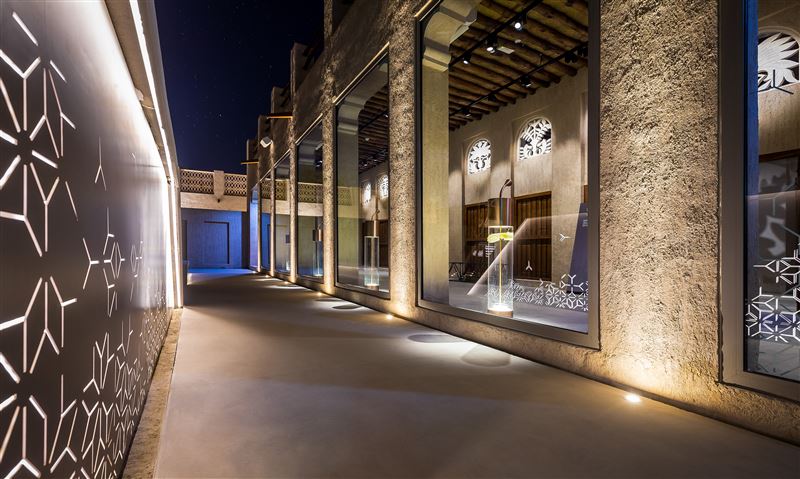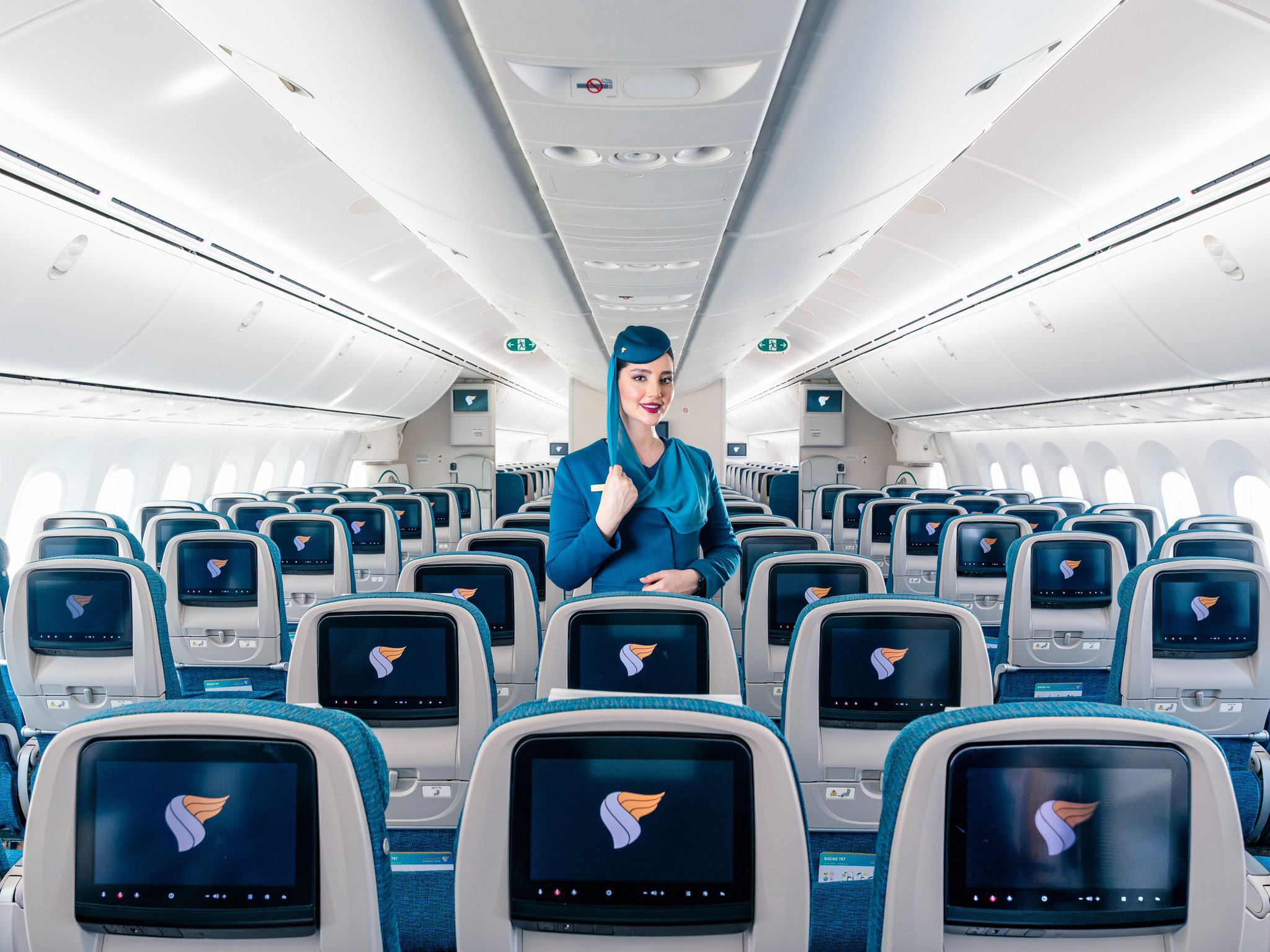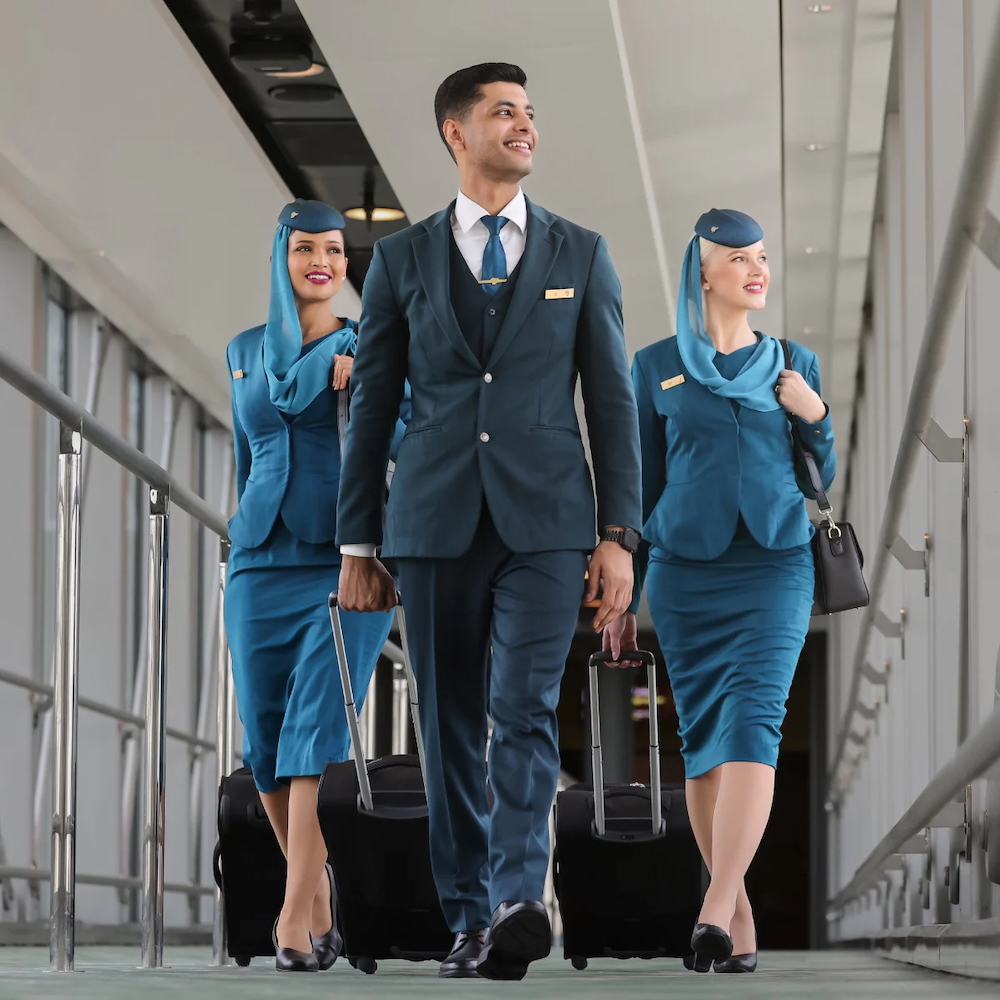
Lufthansa has officially joined a growing roster of major international airlines—including Singapore Airlines, Qatar Airways, Emirates, Air India, Delta, United, and Japan Airlines—in rolling out new restrictions on the in-flight use of power banks.
The move comes amid mounting concerns over fire risks associated with lithium-ion batteries, as airlines worldwide tighten safety protocols to prevent midair incidents caused by overheating or faulty battery packs.
What’s Changing?
Passengers are still permitted to bring power banks in their carry-on bags, but under the new rules, these devices must remain off and unplugged for the entire flight. Charging your phone or tablet from a power bank midair is now strictly prohibited.
This policy shift, while subtle, is rooted in a serious safety concern: lithium-ion batteries, especially if damaged or poorly manufactured, can overheat and, in rare cases, catch fire—a risk that has already materialized more than once at cruising altitude.
Why the Crackdown?
For many travelers, a power bank is as essential as a passport, especially on long-haul flights. But these compact devices pack significant energy.
If a battery malfunctions—due to damage, manufacturing defects, or overheating—it can spark, smoke, or ignite. At 35,000 feet, even a small fire poses a major threat, with no fire department to call and limited resources to contain an emergency.
Fires involving lithium-ion batteries on planes have surged nearly 400% since 2015, now occurring almost twice a week, according to FAA data. Most incidents stem from damaged, defective, or counterfeit batteries, which can enter "thermal runaway," an uncontrolled release of energy that can lead to smoke, fire, or even explosions.
How Are Airlines Responding?
Lufthansa’s policy is part of a global trend toward stricter cabin safety standards. Here’s how other major carriers are handling the issue:
- Qatar Airways: Power banks are allowed in carry-on luggage (under 100Wh), but must remain off and unplugged during the flight.
- Emirates: Passengers can carry power banks, but cannot use or charge them onboard.
- Singapore Airlines: As of April 2025, passengers are not allowed to charge power banks or use them to charge devices during flight. Only power banks under 100Wh are allowed without special approval.
- Air India: No use or charging of power banks is permitted in-flight; devices must remain off.
- Delta, United, Japan Airlines: Similar restrictions apply—power banks must be off and not in use once the aircraft door closes.
- China Southern, Cathay Pacific: Charging is forbidden; using a power bank midair can result in confiscation or intervention by cabin crew.
What Should Travelers Do?
If you rely on a power bank for long flights, these new rules may seem inconvenient, but they are designed to protect everyone onboard. Here’s how to stay compliant:
- Pack power banks only in your carry-on, never in checked luggage.
- Ensure your power bank’s capacity is below the airline’s limit (usually 100Wh or 27,000mAh); anything above may require special approval.
- Do not use or charge your power bank during the flight unless the airline explicitly allows it.
- Be prepared to switch off and stow the device if instructed by cabin crew.
The good news: most modern international aircraft now offer USB outlets and charging points at every seat, reducing the need for personal power banks in-flight.
A Broader Aviation Trend
Lufthansa’s policy is not an isolated move, but part of a wider industry shift as airlines adapt to the surge in passenger electronics.
From smart bags to e-bikes, the aviation sector is rethinking what’s safe to carry in the cabin, especially as flights return to full capacity post-pandemic.
Regulators and airlines are expected to continue tightening rules around battery-powered devices in the months ahead.



.png)









.jpg)







.jpg)







.png)





.jpg)









 – 14,763 feet (1).jpg)

.jpg)







.jpg)


.jpg)
.jpg)
.jpg)
.jpg)
.jpg)
1.jpg)
.jpg)
.jpg)
.jpg)
.jpg)
.jpg)
.jpg)







